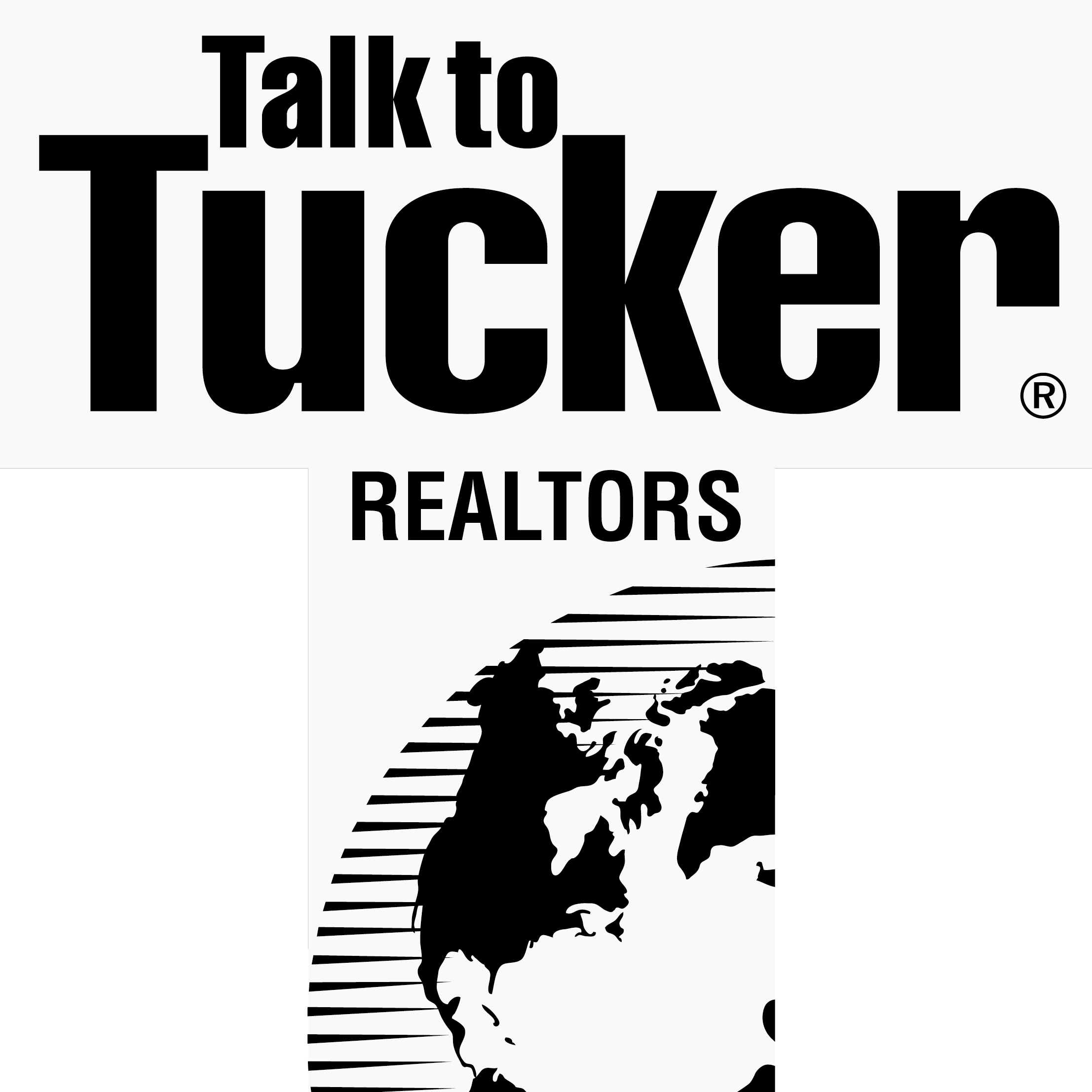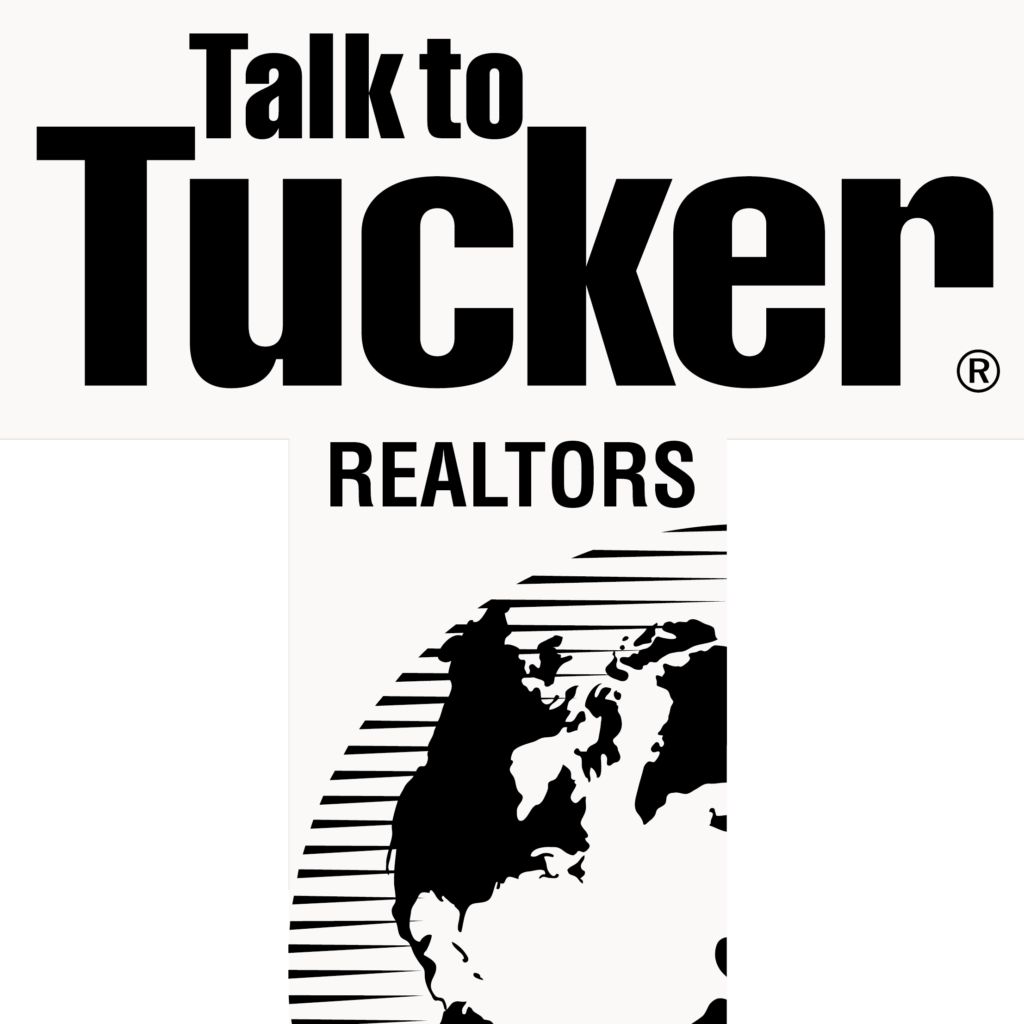Avoiding Over-Leverage in Commercial Real Estate: How Much Debt is Too Much?
In the world of commercial real estate (CRE), leverage can be a powerful tool. When used wisely, debt allows investors to acquire properties that might otherwise be out of reach, helping them build wealth through appreciation and cash flow. However, like most powerful tools, leverage comes with risks. Over-leveraging—taking on too much debt—can lead to financial strain, lost opportunities, and even foreclosure. So, how much debt is too much?
Let’s break down what over-leverage means in CRE, how to avoid it, and why finding the right balance is key to long-term success.

What Is Over-Leverage?
Leverage refers to using borrowed capital (debt) to increase the potential return on an investment. In commercial real estate, investors often use loans to finance a significant portion of a property’s purchase price. While this can enhance returns, too much debt can leave investors vulnerable to changing market conditions or unexpected downturns.
Over-leverage occurs when an investor takes on more debt than they can comfortably manage, reducing cash flow and increasing financial stress. This can lead to problems like difficulty meeting debt service obligations, reduced liquidity, and an increased risk of default or foreclosure.
Signs of Over-Leverage
- Debt Service Coverage Ratio (DSCR) Drops Too Low: The DSCR is a key metric in commercial real estate. It measures a property’s net operating income (NOI) relative to its debt payments. A DSCR below 1.25 is generally considered risky. Anything below 1 means that the property isn’t generating enough income to cover its debt obligations— a clear sign of over-leverage.
- Negative Cash Flow: If a property’s expenses, including debt payments, exceed its income, the investment is not generating positive cash flow. Negative cash flow puts pressure on investors to cover shortfalls from their own pockets, which can quickly drain reserves and lead to bigger issues.
- High Loan-to-Value (LTV) Ratios: LTV is the ratio of a loan to the appraised value of a property. A high LTV—typically over 80%—leaves little room for error in case of market fluctuations. If property values decrease, highly leveraged investors can find themselves underwater, owing more than the property is worth.
- Interest Rate Sensitivity: Many commercial real estate loans are structured with adjustable interest rates. If an investor is overly leveraged, even small increases in interest rates can lead to significant jumps in debt payments, pushing cash flow into the red.
How to Avoid Over-Leverage in Commercial Real Estate
- Know Your Debt Capacity: Before taking on new debt, assess how much you can realistically borrow without sacrificing cash flow or future flexibility. This means looking closely at the property’s cash flow potential, market conditions, and long-term financial goals.
- Aim for Conservative Leverage: While it’s tempting to maximize the amount of debt you take on, adopting a more conservative approach can protect you in the long run. Strive for a DSCR of at least 1.5 and an LTV ratio below 70% to provide a cushion in case of unexpected changes in the market.
- Build Reserves: One way to safeguard against over-leverage is to maintain adequate cash reserves. Having reserves on hand allows you to cover debt payments during slow periods, such as when vacancies are higher than expected or the market softens.
- Lock in Fixed-Rate Financing: While adjustable-rate loans can offer lower initial interest rates, they come with the risk of increasing payments over time. Locking in a fixed-rate loan provides more stability, protecting you from potential rate hikes.
- Don’t Overestimate Rental Income: Overestimating future rental income can be a costly mistake. When underwriting a deal, be conservative in your income projections and factor in potential vacancies, lease expirations, and market cycles. Relying too heavily on speculative future income can lead to over-leverage.
The Long-Term Impact of Over-Leverage
Over-leveraging a commercial real estate investment can have long-term consequences. It reduces cash flow, which is the lifeblood of any CRE investment. Low or negative cash flow makes it harder to reinvest in the property, limits your ability to seize new opportunities, and increases the risk of loan default.
Moreover, in downturns or periods of high vacancy, over-leveraged investors often have fewer options. They may be forced to sell properties at a loss or refinance under unfavorable terms. By keeping leverage in check, investors maintain the flexibility to weather market fluctuations and sustain their investments over time.
Conclusion: Finding the Right Balance
Leverage is a valuable tool in commercial real estate, but it’s essential to find the right balance. Avoiding over-leverage means understanding your property’s financials, maintaining realistic expectations, and adopting a cautious approach to debt. By doing so, you can protect your investments, ensure positive cash flow, and position yourself for long-term success in the commercial real estate market.
Remember: it’s not just about how much debt you take on—it’s about how wisely you use it.

